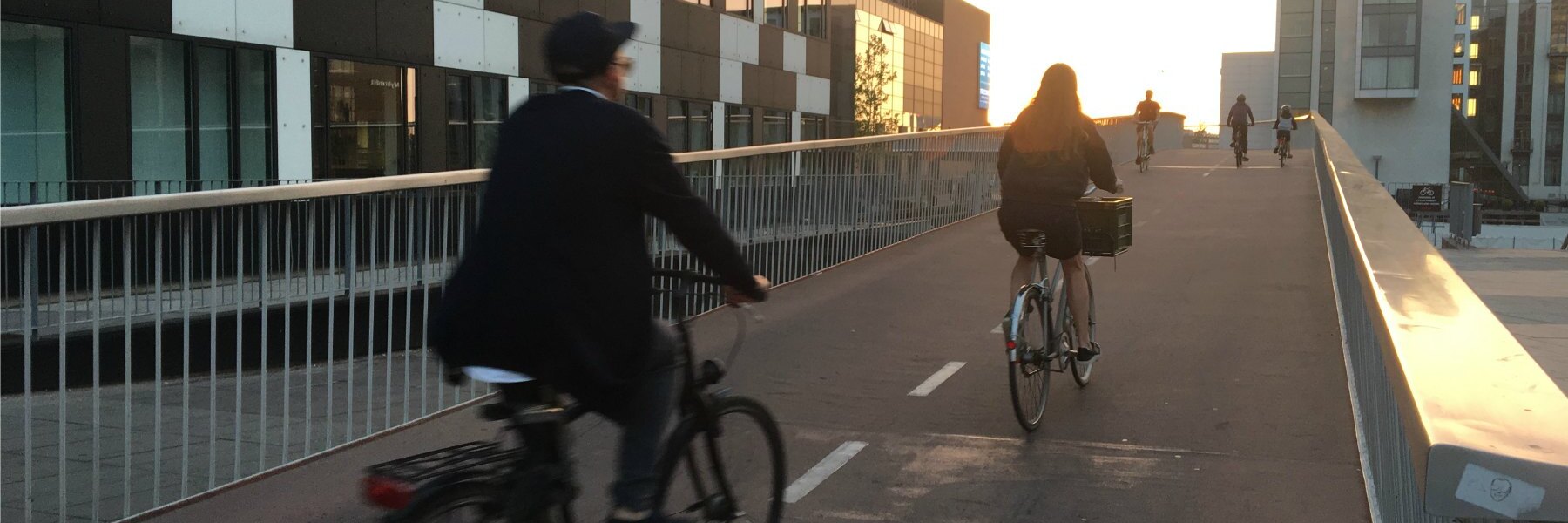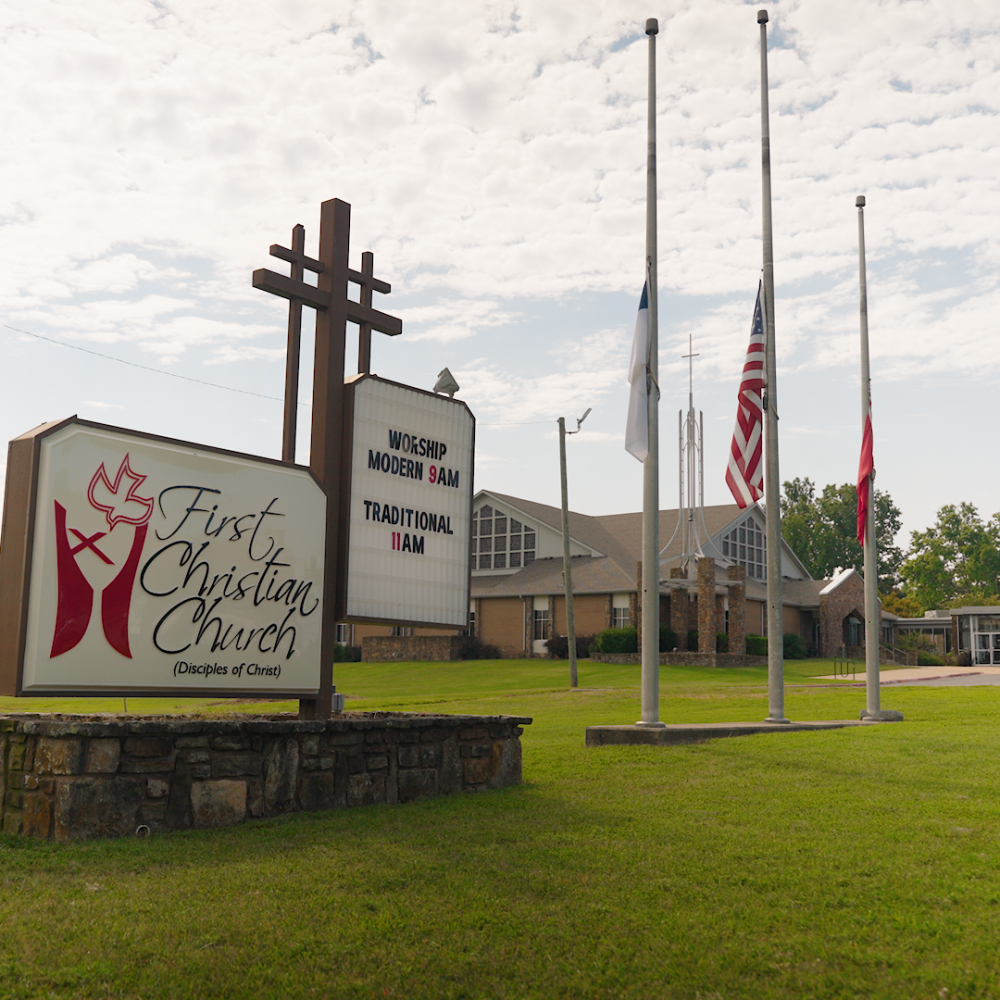It’s a necessary tool, not an optional luxury. During our weeklong study tour with People for Bikes in Copenhagen, every day provided us the opportunity to learn something new and unique from the best experts on the planet. While all the learnings have provided an incredibly rich experience, for me a few things stand out as game changers.
1. The Utilitarian Bike
In Copenhagen, the bike is not an accessory. It’s not an expensive toy that needs to be triple locked, envied and only taken out for “epic rides.” It’s a functional, hardworking tool that is used daily and gets dirty. The word “efficient” is the most used descriptor for the bike by Klaus Bondam, former Mayor of Copenhagen & Director of Danish Cyclists Federation, and it’s also cited by 56% of citizens as the reason for relying on the bike as the primary vehicle to get around town.
2. The Great Equalizer
In Copenhagen, the bike is not for an elite tribe of bikers. It’s not reserved for those who take biking very seriously, pledge a club and then develop their own biking lingo. Here, the bike is for every citizen and is the least judged form of transportation choice. In fact, the more well-used and well-loved your bike looks, the more it and you are respected. A biker is not identifiable by age, gender, race, religion or any other factor, and cycling is cited by the Danish government as a societal transformational tool because it meets 11 of the 17 United Nations Sustainable Development Goals. The infrastructure and ease of use encourages every human to jump on their bike and get where they need to go.
3. The Teaching Machine
In Copenhagen, the bike is not considered a special piece of equipment to be used for unique social occasions. The bike and safe riding practices are considered to be as necessary a life skill as much as walking, talking and literacy. It is the primary mode of transportation for many students, and 96% of Danes believe that schools should be cycling friendly and that bike education should be incorporated into the teaching curriculum for kids starting at the age of 3.
When a child starts kindergarten in Denmark, the assumption is that he or she has been exposed to cycling already, and the focus for teaching staff is to build confidence and teach road safety. By the time a Danish child is 10 years old, their biking skills are at the level that they are able to get to and from school and their social activities. The bike is not only the most convenient way to travel but also the tool that allows them to fully participate in social and work activities. It is not unusual to see hundreds of bikes lined up outside elementary schools, at the gym, or at public transit entrances in specially designed bike parking. The bike is treated much like a pencil is treated everywhere else in the world: something that every kid needs to learn to use in order to function through their daily life into adulthood. The bike? It’s a no brainer.
Being in Copenhagen has been transformative. My perspective of the car as being the most effective mode of transportation has been challenged, and I am really curious and excited about working with regional community stakeholders to consider how the tool – which happens to be a bike – can better serve Bentonville.




